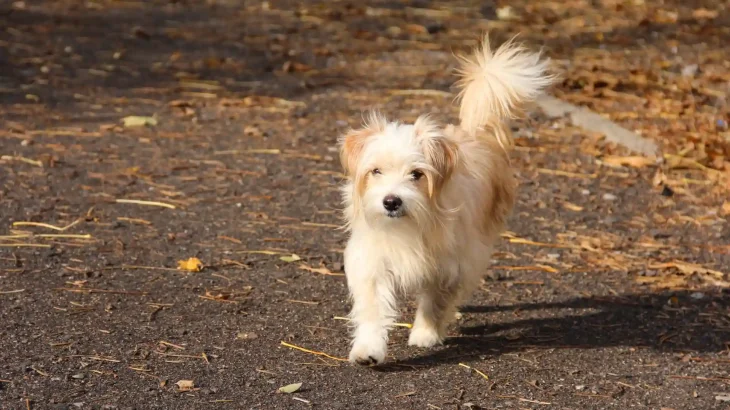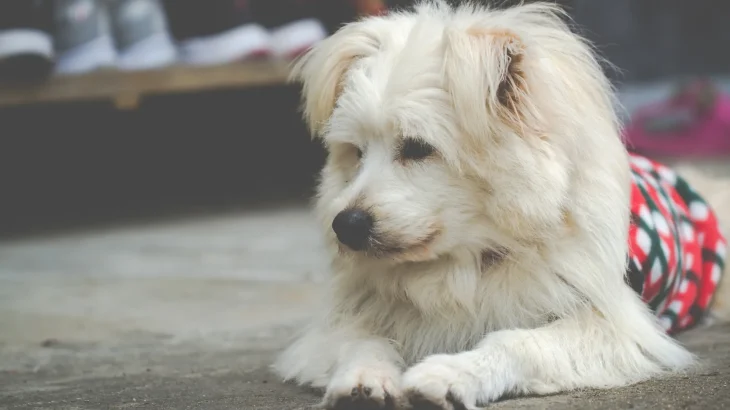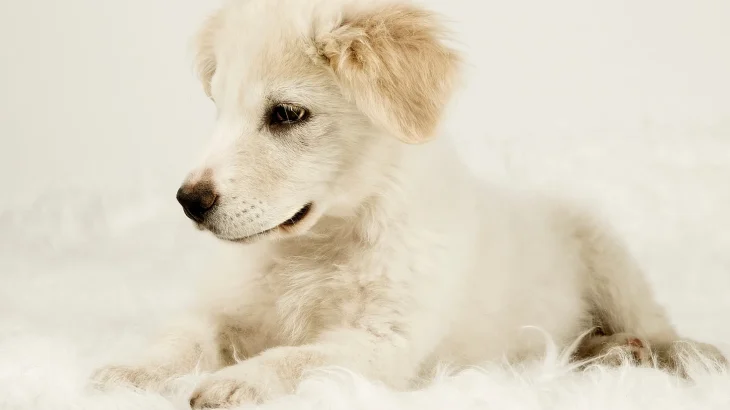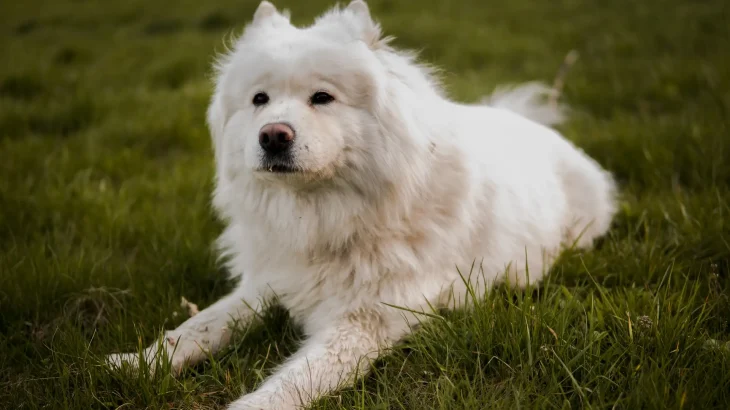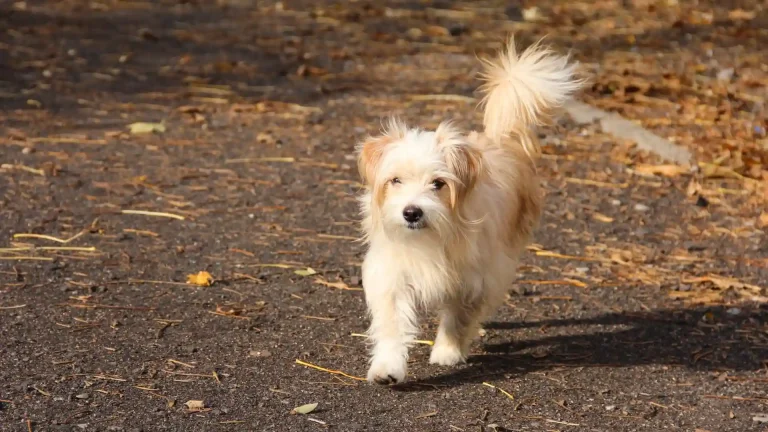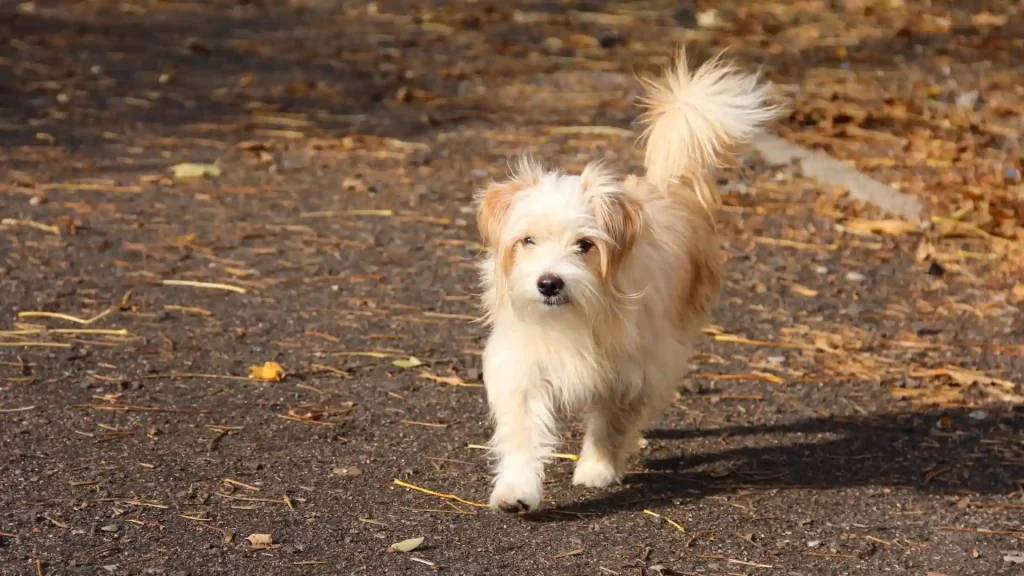When deciding to bring an Alopekis puppy into your home, the choice between adopting and buying comes down to factors like health assurance, cost, and ethics. Both paths offer unique benefits and challenges depending on your priorities and situation.
| Criteria | Buying from Breeder | Adopting from Shelter/Rescue |
|---|---|---|
| Cost | Usually higher initial cost due to purebred status and breeder expenses. | Generally lower fees that often include vaccinations and care. |
| Health History | Breeders provide detailed health records and genetic screening. | Health history may be limited; shelters do basic health checks. |
| Age Availability | Mostly puppies, allowing raising from early age. | Varies widely, including older puppies and adults. |
| Temperament Insight | Breeders can share traits based on lineage. | Shelter staff can describe behaviors but may lack full background info. |
| Ethical Considerations | Supports responsible breeding if breeder prioritizes health and standards. | Provides a home to dogs in need, helping reduce stray populations. |
| Breed Purity & Pedigree | Ensures purebred status with pedigree documentation. | May not guarantee purebred status or pedigree. |

